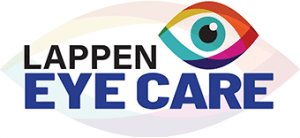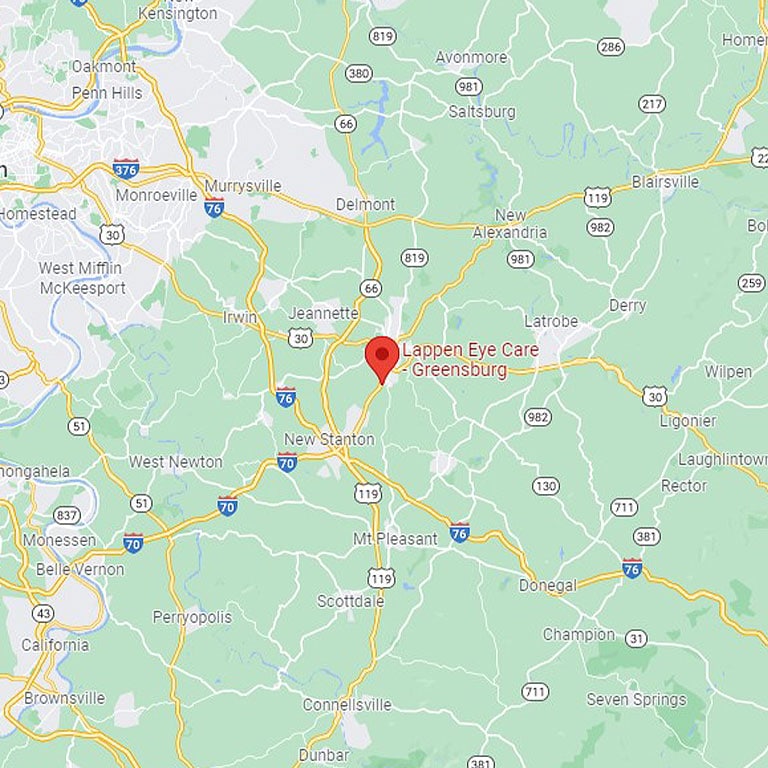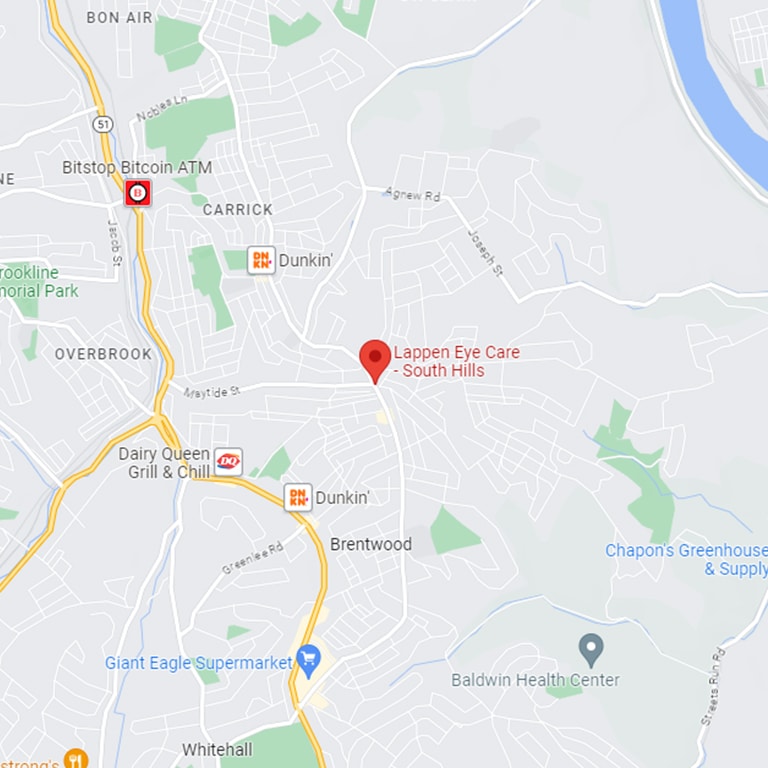Lappen Eye Care – What Are the Early Signs of Glaucoma?
Glaucoma is a disease that causes vision loss due to pressure on the optic nerves. The two most prevalent types of glaucoma are angle-closure glaucoma (ACG) and primary open-angle glaucoma (POAG). Each has unique symptoms and treatment approaches.
Diagnosing and Treating ACG
This type of glaucoma causes angle closure in multiple areas, leading to optic nerve damage and eye pressure. Complete or total vision loss may follow. The most common symptoms associated with ACG include:
- Blurry or hazy vision
- Seeing rainbow-colored circles when exposed to bright lights
- Severe head and eye pain with or without nausea and vomiting
- Sudden loss of sight
Increased eye pressure with ACG can develop slowly over time or come on suddenly. During the early stages of ACG, one or more angles may close but you do not yet feel increased pressure in your eyes. Please contact our optometry practice in Pittsburg, PA for an immediate appointment if you have any of the above symptoms. The most common way to treat OCG is with prescription eye drops to decrease eye pressure and optic nerve damage.
Diagnosing and Treating POAG
POAG typically presents no warning signs in the early stages. This type develops slowly over many years before you notice a decrease in your visual acuity. Unfortunately, optometrists cannot reverse vision loss from POAG with medication or surgery. Regular eye exams in Pittsburgh, PA are critical at detecting this disease before it robs you of sight.
When one of the optometrists at Lappen Eye Care detects glaucoma during a routine eye examination, we can prescribe specialty eye drops or other medication to help protect your vision. People of Latino or African-American heritage have a higher risk of developing POAG, as do those with diabetes, cardiovascular disease, or who have a close family member with the disease.









Leave a Reply
Want to join the discussion?Feel free to contribute!